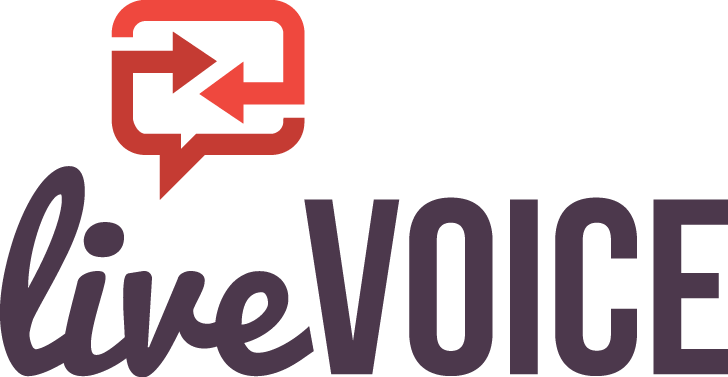Category: Answering Service, Lead Response
Response Speed Outshines Callback Day and Time Strategies
Time-of- day and day-of- week contact tactics aren’t as important as speed
In prior posts we detailed the best day of the week to make contact with a lead and qualify the prospect: Thursday, followed by Wednesday. Furthermore, we shared the best time of the day to make the initial contact and qualify the lead: 4 to 5 p.m., followed by 2 to 3 p.m.
Combining these metrics seems to suggest that all initial lead qualifying callbacks should happen on Wednesdays and Thursdays between 2 to 3 p.m. and 4 to 5 p.m. That’s only a four-hour window – 10 percent of the workweek – to make callbacks.
What’s the qualification rep supposed to do the other 90 percent of the time? “They should also use that time to make phone calls,” quips Adam Berkson. He’s the president of LiveVoice, a boutique phone support service and a foremost provider of lead response services. “Trying to game the system for better results actually works against you. The key isn’t figuring out the best time to call, it’s the speed of your response.”
This analysis by LeadResponseManagement.org, who statistically investigated the above optimum times and days for qualification success, notes another far more critical element: how fast the initial contact is made. Specifically, LeadResponseManagement.org discovered that the chances of calling to connect with a lead decreases tenfold after the first hour. Another steep drop of threefold occurs after two hours.
“While it would be incorrect to conclude that if you can’t call back within two hours to not bother, the odds are definitely working against you with each hour of delay,” says Anthony Vesho, chief operating officer at TeleServices Direct, a worldwide provider of outsource call center services.
When scrutinizing that first hour – that ideal callback window – the findings are again astounding. By far the best response rate occurs within the first five minutes, according to LeadResponseManagement.org. It outperforms the second best window of between five to ten minutes by a fourfold factor. In fact, each five-minute segment of delay experiences a drop off of success when compared to the prior five minutes.
“This is the impetus behind our high success rates in reaching and qualifying leads,” says Berkson about his company’s lead response service. “This research proves what I’ve been able to see firsthand: that each minute counts. This is why our goal at LiveVoice is to call back leads within one minute.”
Not surprisingly Berkson shuns time-of- day and day-of- week contact strategies as a misguided approach from a bygone era, which “may have worked in the days of mailed in leads,” but when it comes to leads generated online, “time is the only factor that matters. Our goal is a sixty-second response rate, a mere minute. Forget same day platitudes. Even a one-hour commitment is second rate. Though five minutes is laudable, one minute rocks. That’s why sixty seconds is our standard and the new best practice for lead response.”
LiveVoice understands how important every call is to your business. Contact them about customizing their flexible, premium phone support service so you can turn opportunity into profit.
Peter DeHaan, PhD, is a freelance writer, call center authority, and publisher of Connections Magazine, which covers the call center industry.



